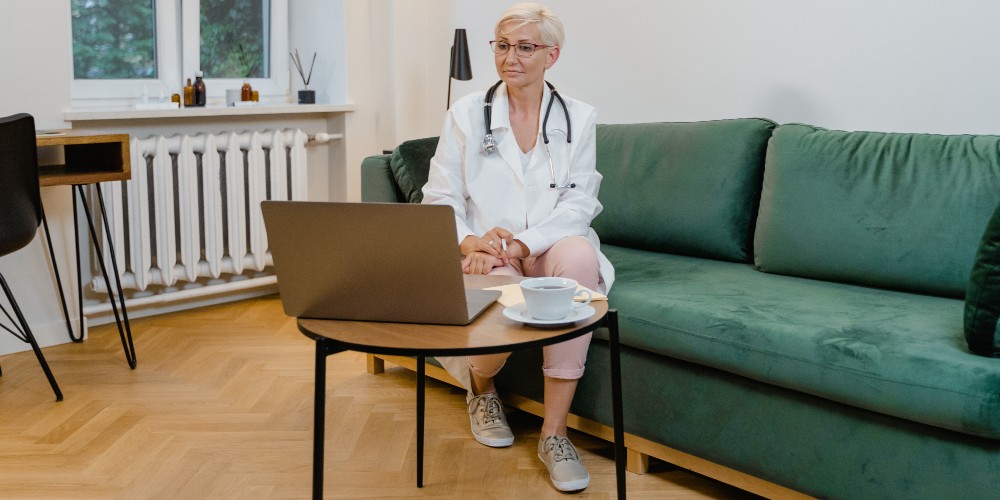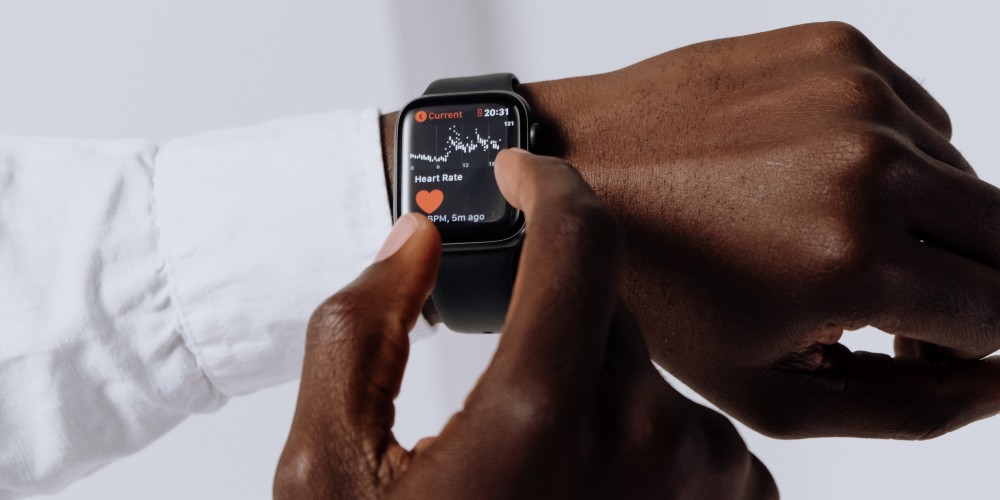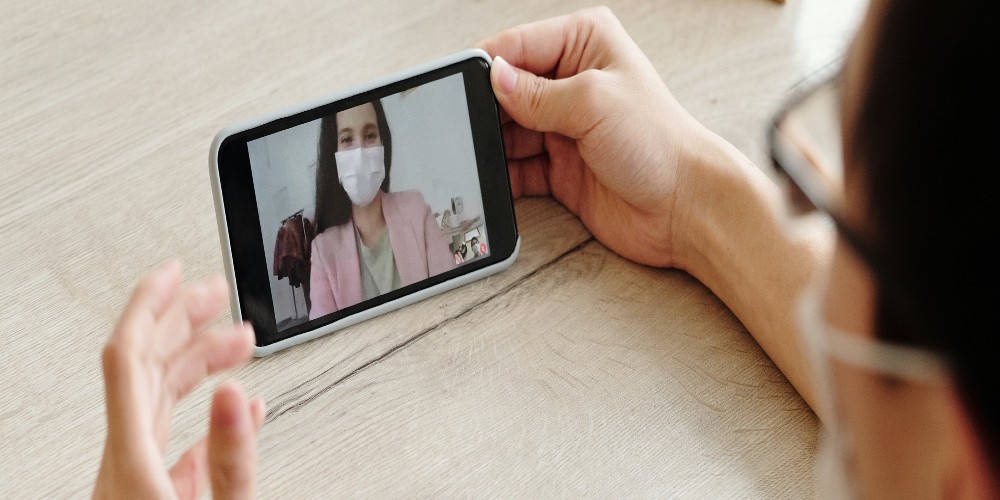There’s no way around it: COVID-19 has profoundly changed healthcare. Prior to the global pandemic, face-to-face consultations were the definitive norm. This fact bore costs related to travel, limited choice, and maintained a reliance on people and slow tech. If you require ongoing care, the commitment to recovery meant not just time spent in consultation but lost moments are given over to commute and interruption to your days.
However, the infection rates and potential consequences of this virus changed life as we know it. After the initial shock and disaster we, as a society, accepted the massive change. We realized our antiquated approaches needed transformation, and rapidly. Digital health post-COVID reeled in what would have taken years to achieve.
In this way, COVID’s impact on digital healthcare has truly been transformative.
Initially, the power of tech was harnessed to
-
- trace contacts
- aid diagnosis
- identify possible infection (symptom recognition, for example)
- make sense of patterns
- evaluate interventions
- communicate with individuals and the broader public
- and surveil the population
But as we came to grips with this unprecedented virus, we also began to understand — and implement — lessons learned. We fine-tuned and opened up healthcare in a way that has promoted choice, affordability, delivery, ease, and greater equality.
How COVID Has Changed Healthcare
Seeking in-person care elevated the risk of infection and spread. For those who required ongoing care, especially those in higher-risk groups, the cons could be felt to outweigh the pros. Many healthcare clinics saw their numbers plummet as people choose to forgo the care they needed.
But, this crisis opened us up to looking at other ways; as patients, healthcare providers, insurance companies, and governments.
An article in the prestigious journal, The Lancet, stated:
The traditional face-to-face patient-physician care model has had to be re-examined in many countries, with digital technology and new models of care being rapidly deployed to meet the various challenges of the pandemic.
As a result, digital health post covid has evolved, dramatically and quickly. Digital healthcare saw massive growth ahead of its time.
Telehealth use has skyrocketed.
Innovation that provides better, safer, more efficient care has exploded.
People use telehealth for
- mental health services (leading use)
- routine visits
- wellness check-ups
- specialist appointments
- and consultations with other therapists
Digital Health Post-COVID
According to research by McKinsey & Company, approximately 40% of survey participants said they intend to continue using telehealth in the future. This compares to 11% prior to the outbreak.
This change appears to be here to stay.
As a patient, this is wonderful news for you! The greater the need, the more options will become available. Already, though, the options are impressive.
The COVID impact on digital healthcare has propelled necessary health-giving tech; telehealth, applications (apps), and direct messaging from caregivers included.
What is Telehealth
Telehealth refers to the delivery of healthcare and information by remote technology.
As most people own a computer, laptop, tablet, or smartphone, this is a powerful option. An example is video conference calls with health professionals.
This opens previously shut doors. Your therapist might be miles away, states away, or even in a different country. You can access the best expert for your needs, without leaving the safety of your home.
Telehealth Apps
There is a vast range of apps to enhance your experience and outcomes. Apps may help you:
- Pinpoint issues that might be missed in a traditional setting.
- Closely monitor deterioration, maintenance, or progress.
- Help you to manage the steps you should take in other areas of your health.
- Allow you to securely upload files, scans, and reports.
Ultimately, apps can enhance your care and results.
Digital Health Takeaway
While the pandemic has been dire and will be felt well into the future, the COVID impact on digital healthcare is the bright silver lining.
At XRHealth, we integrate telehealth, apps, and direct messaging with guidance and tailored advice by licensed therapists. We lead the field with the use of virtual reality therapy treatments via FDA-registered medical VR applications.
Our affordable costs are covered by many insurance companies to make it easier to treat a broad range of conditions. You can feel safe in the knowledge that you’ll receive premium care, enhanced convenience, and tailored results while avoiding the infection risk associated with in-person consultations.

To speak with a team member, call us at 857-990-6111 Ext. 1 or register for an appointment.
Liked this article? Stay up to date with telehealth innovations and helpful tips to make the best use of digital health services by following us on social media. Follow us on Facebook, Instagram, and YouTube.














